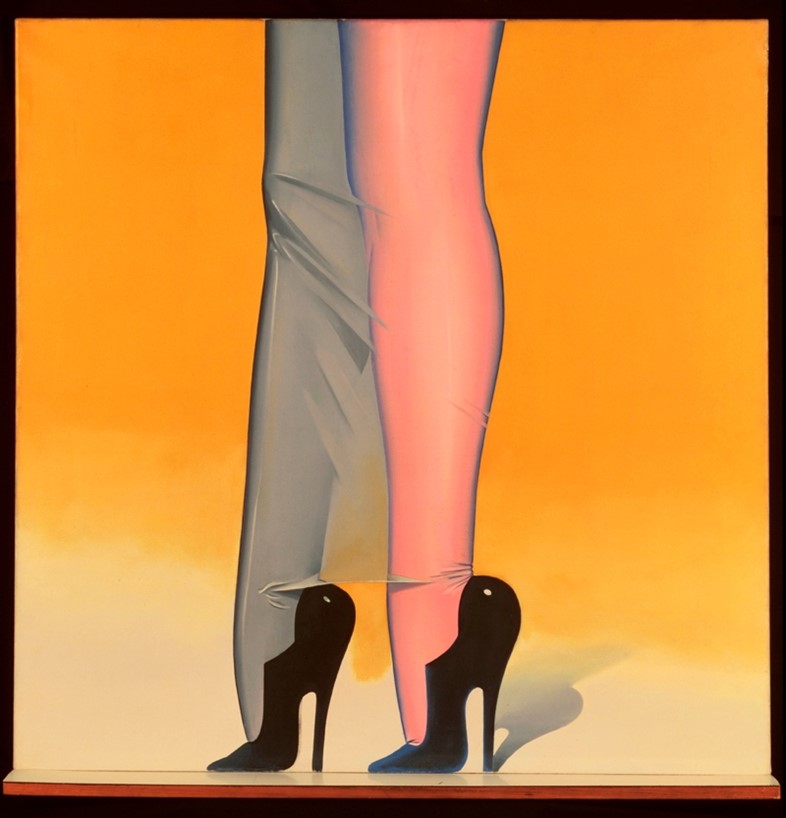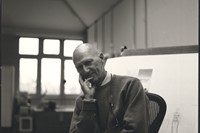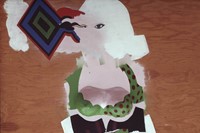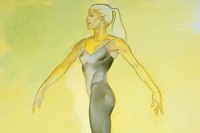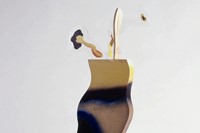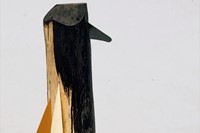As a major retrospective of his work opens at the Royal Academy, we present ten things you might not know about controversial pop artist, Allen Jones
Does Allen Jones’s art expose how female stereotypes are performed and maintained, by presenting us with overtly sexualised hyperboles, or is it just another part of the age-old tradition to objectify and sexualise women? The debate goes on… One thing is sure though, Jones’s work still provokes reactions. As the Royal Academy of Arts explores the great pop artist’s legacy in a major retrospective exhibition, AnOther lists 10 facts about Allen Jones.
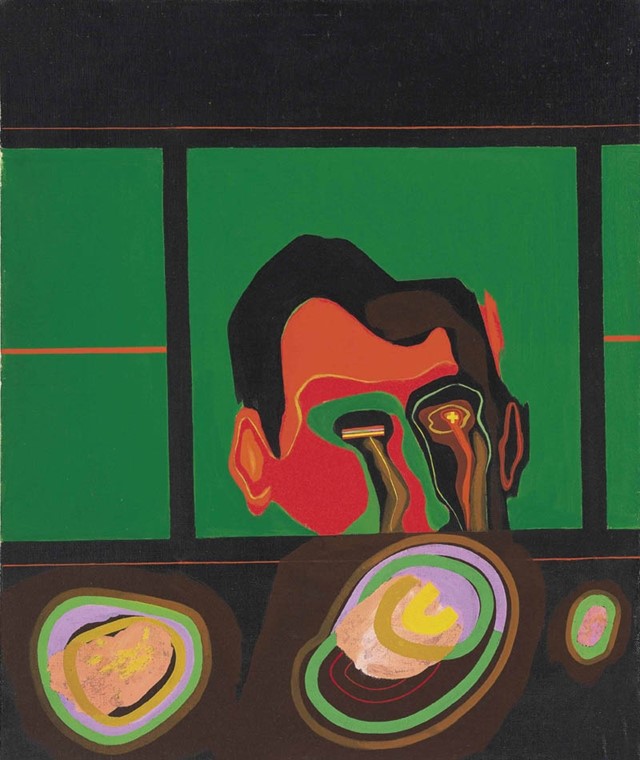
1. In 1959, Jones enrolled at the Royal College of Art. Here he hung out with fellow students David Hockney, R.B. Kitaj, and Peter Phillips, and set out to explore ways in which mass culture could become high art, just like Richard Hamilton and others were doing at the time.
2. Jones’s “excessive independence” attracted negative attention from the college leaders, who decided to expel the rebellious artist after only one year.
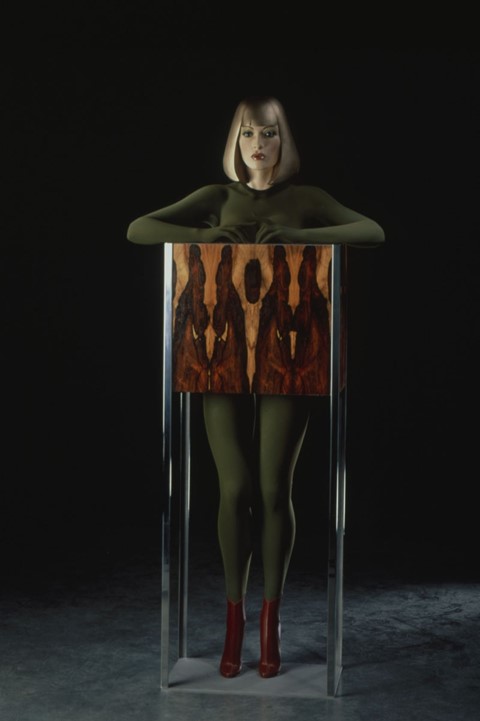
3. An early source of inspiration was Futurism. In Jones’s art, the notion of speed evident in running sausage dogs of the 1910s has been upgraded to London double-deckers, and, even later, women. As Norman Rosenthal, director of Royal Academy, writes, “Movement was soon to become an integral part of Jones’s art, and his focus was to pass very quickly to the human body and form."
4. In 1964 and 65, Jones lived in New York. When he came back to London he was a fully-fledged Pop Artist.
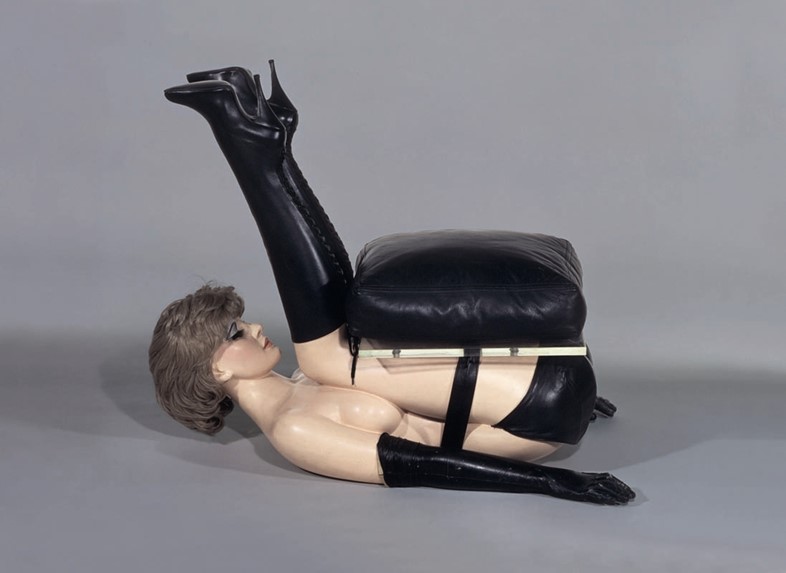
5. The big breakthrough came in 1969. That year Jones’s fibreglass mannequins, clad in bondage gear and arranged as various pieces of furniture, were conceived. During the 70s, the ICA exhibited Jones’s work in two equally controversial shows, "Smoke bombs and stink bombs and God knows what were thrown at my ICA show in 1978” said Jones. In 1986, “Chair” was exhibited at the Tate, which caused a group of feminists to pour paint over it. All in all, the suite of furniture sculptures went into art history as famous examples of iconoclasm.

6. But, these hyperrealist sculptures also caught the attention of Stanley Kubrick, who thought they were just right for the set design of his upcoming film A Clockwork Orange. In 1970, Jones received a phone call from Kubrick, which he recalled in a later interview as, “[Kubrick said], ‘I’m a very famous film director, this will be seen all over the world and your name will be known.’ I held the phone away from my ear, I was just staggered anyone would say that. It showed an ego that dwarfed that of any artist I've known." Jones declined the offer and as a result Kubrick’s prop team simply made copies of his work.
"Jones's hyperrealist sculptures caught the attention of Stanley Kubrick, who thought they'd be just right for his upcoming film A Clockwork Orange"
7. On a fashion note, the furniture sculptures wore Atomage. This brand was the creation of designer and magazine editor John Sutcliffe, a guy who has been credited for introducing leather and rubber wear to the mainstream in post-war Britain.
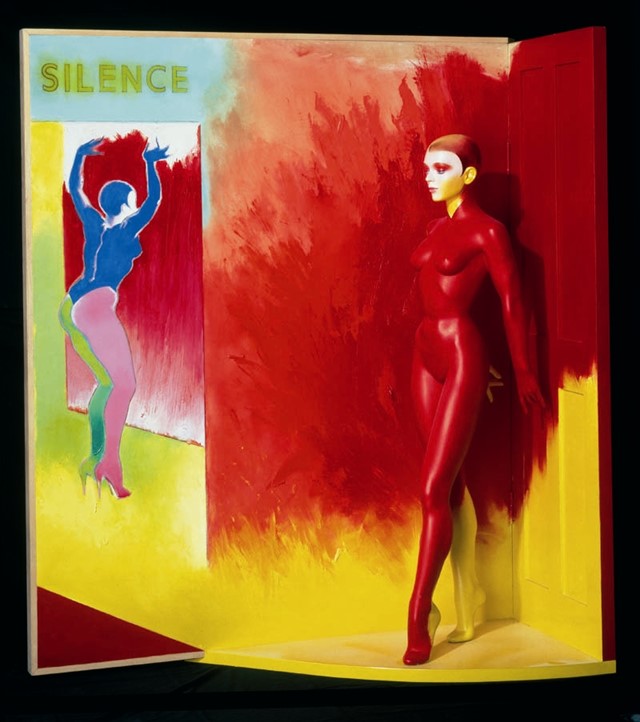
8. Ever since the furniture pieces, Jones’s women have provoked a feminist debate. In 1979, the art historian Lisa Tickner wrote in Block, “The exploitation of already exploitative material cannot be seen as politically neutral.”
9. More recently, Jones has said, “I think of myself a feminist” and argued that his early work was “commenting on exactly the same situation that was the source of the feminist movement.”

10. Last year, Jones’s collaboration with Kate Moss appeared on the front cover of POP. The Daily Mail wrote, “the Croydon-born clotheshorse dazzled in a striking metallic glitter bodysuit.” The photograph sold for over £30,000 when it was auctioned off at Christie’s the same year.
Allen Jones RA is at The Royal Academy from November 13 – January 25, 2015.
Words by Johan Deurell
